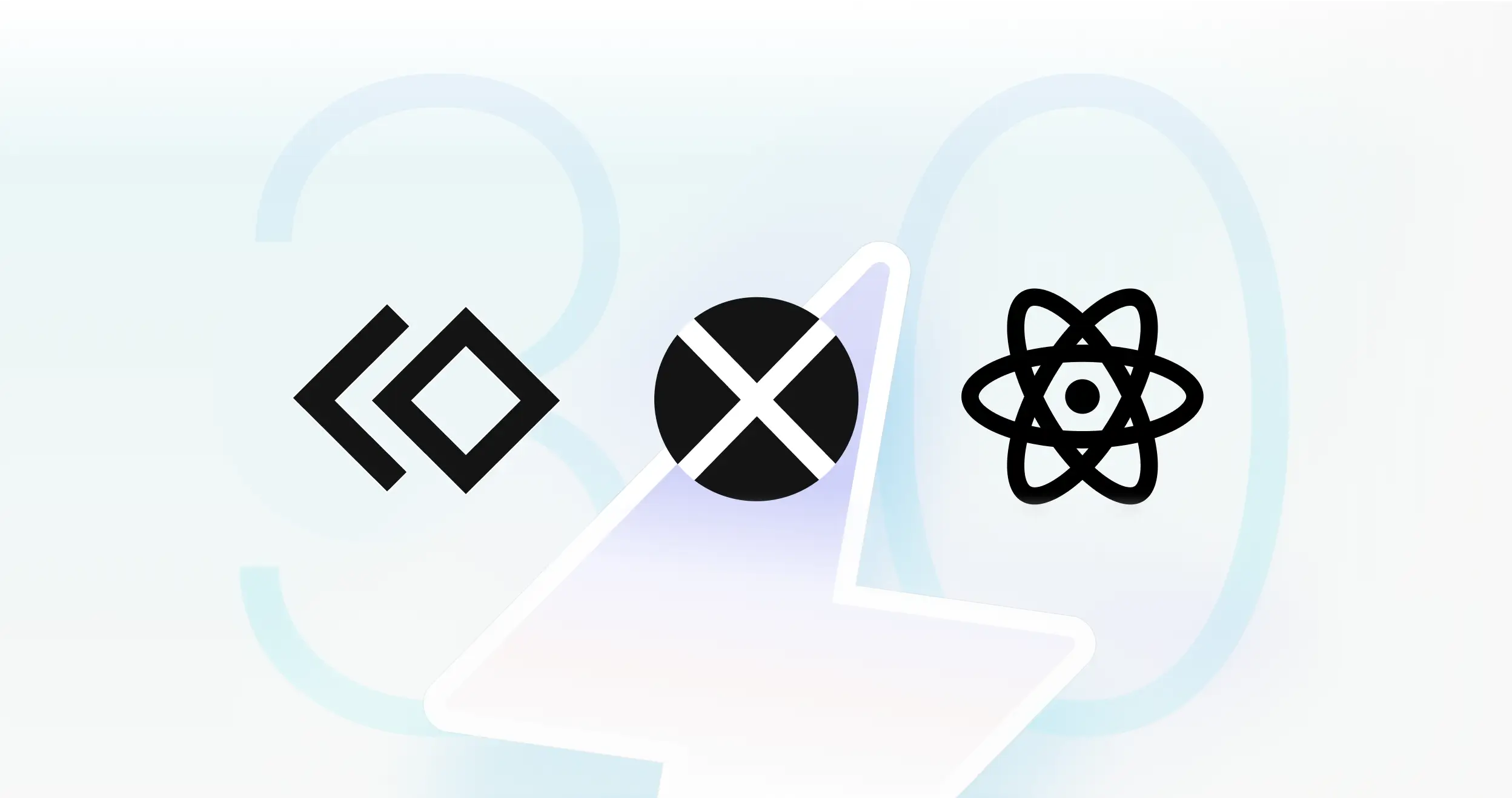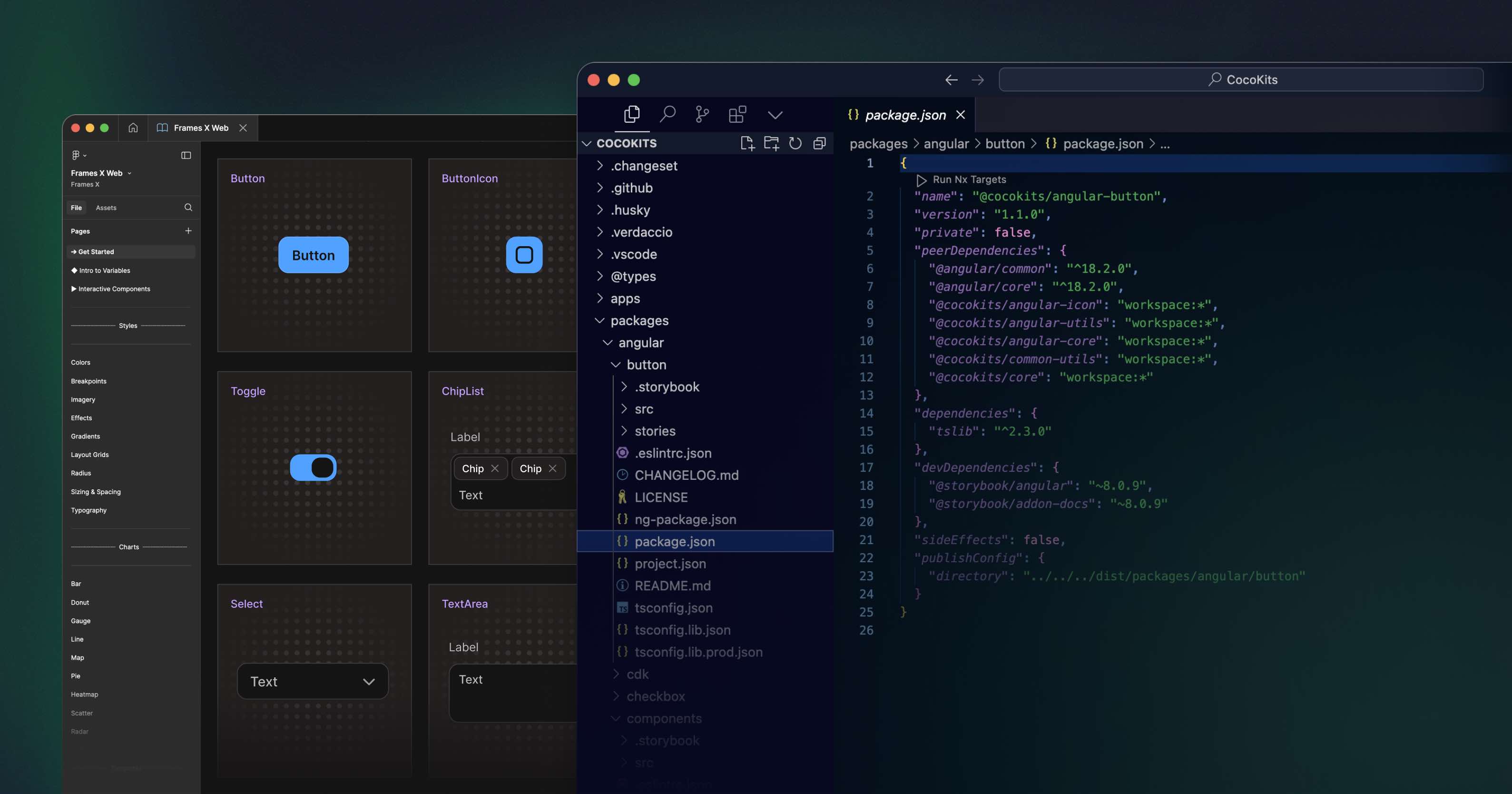What is the WYSIWYG Interface?
A Rich-Text Editor, or WYSIWYG, which stands for "What You See Is What You Get," is a popular interface pattern that was first introduced in word processors like Microsoft Word in 1974 and was initially designed by Charles Simonyi and Butler Lampson. Back then, it was a revolutionary way to allow users to see an instant output of their work as a digitally printed document.
Fast-forward to today. The WYSIWYG UI pattern remains popular and is used in various applications and software design, such as blogs, newsletters, web builders, and many other types of software where users can work and manipulate long-formatted text.
WYSIWYG is a popular UX pattern thanks to its speed. It allows users to make edits quickly and experiment with the content all in one place. The WYSIWYG component also integrates well with development frameworks like React, Angular, and Vue.js due to its common UI controls, such as nested buttons and collapsing menus.
WYSIWYG is a great design pattern for content creation, that's why we've added it to our UI kit for Figma and create a free file you can download and use this template for your design projects.
Download Free WYSIWYG UI kit for Figma
Text Editor Design Structure
WYSIWYG Text Editors generally consist of several key components:
Editing Area: This is the main workspace where users create and edit content; this area displays the content as it will appear when published.
Toolbar: This contains buttons for common formatting options. It usually includes options like bold, italic, underline, alignment, etc. It may be customizable, context—or cursor-sensitive.
Menu Bar: This part provides access to more advanced features and settings. It often includes the File, Edit, View, Insert, Format, and Help menus. At the bottom, there is additional document information or additional interface controls, such as a grabber for stretching the WYSIWYG area content.
Depending on the product specs, there could be more parts to it, such as collaboration or file management tools.

Utilizing Figma features for designing WYSIWYG interfaces
Why do we want to create a WYSIWYG text editor in Figma first?
Efficiency. Once the component is created, it can be integrated into other components, layouts, and places around your product.
Responsiveness. The Figma responsive features can help us explore different UI layouts without going into the development stage. We will be able to see how the text editing experience will look at the scale of your app or software, how it will match with other responsive parts of your interface, and how it will behave when operated.
Accessibility. WYSIWYG can involve a lot of precision work because the user will usually need to aim at the toolbar before performing any action due to the dense amount of commands available in the app. That's why outlining your design first is crucial, as it will help prevent further UX errors during the implementation phase and save development costs.
So here are 10 tips for designing WYSIWYG interfaces and elevating the digital experience of your product.
1. Keep the WYSIWYG interface minimal and clear
Due to the limited amount of space in WYSIWYG apps, use a clean-styled design to present all available controls. Always make sure to use intuitive labels and self-explanatory icons to decrypt actions behind every presented command.
A minimal interface design often translates to improved performance, as it will require fewer resources to render and operate, resulting in a smoother experience across various devices and platforms.
2. Avoid over-styling and emphasize SEO-friendly features
Search engines like Google analyze your website's structure, paying particular attention to headlines and titles, especially H1 (Heading 1), H2 (Heading 2), and H3 tags. These top-level headings play a crucial role in helping search engine crawlers understand your content's purpose and organization.
If you want your WYSIWYG text editor to promote more traffic gains for its users, it's crucial to provide them with H1, H2, and H3 headings to help capture site-ranking keywords.
It's recommended to have only one H1 on each page, but a user may use several H2s and H3s per page, so it's crucial to make them always visible in the toolbar.
Design your WYSIWYG editor to your users' needs. Consider the primary type of content your users create when designing your WYSIWYG editor. If your main goal is to produce search engine-friendly content, do the following things:
Simplify heading options: Focus on essential heading levels (H1, H2, H3) to encourage proper content structure;
Simplify font choices: Offer a limited set of fonts to maintain consistency and reduce decision-making time;
Prioritize SEO-friendly features: Emphasize tools that help create well-structured, crawlable content;
Avoid feature overload: Keep the interface clean and intuitive by including only the most relevant formatting options.
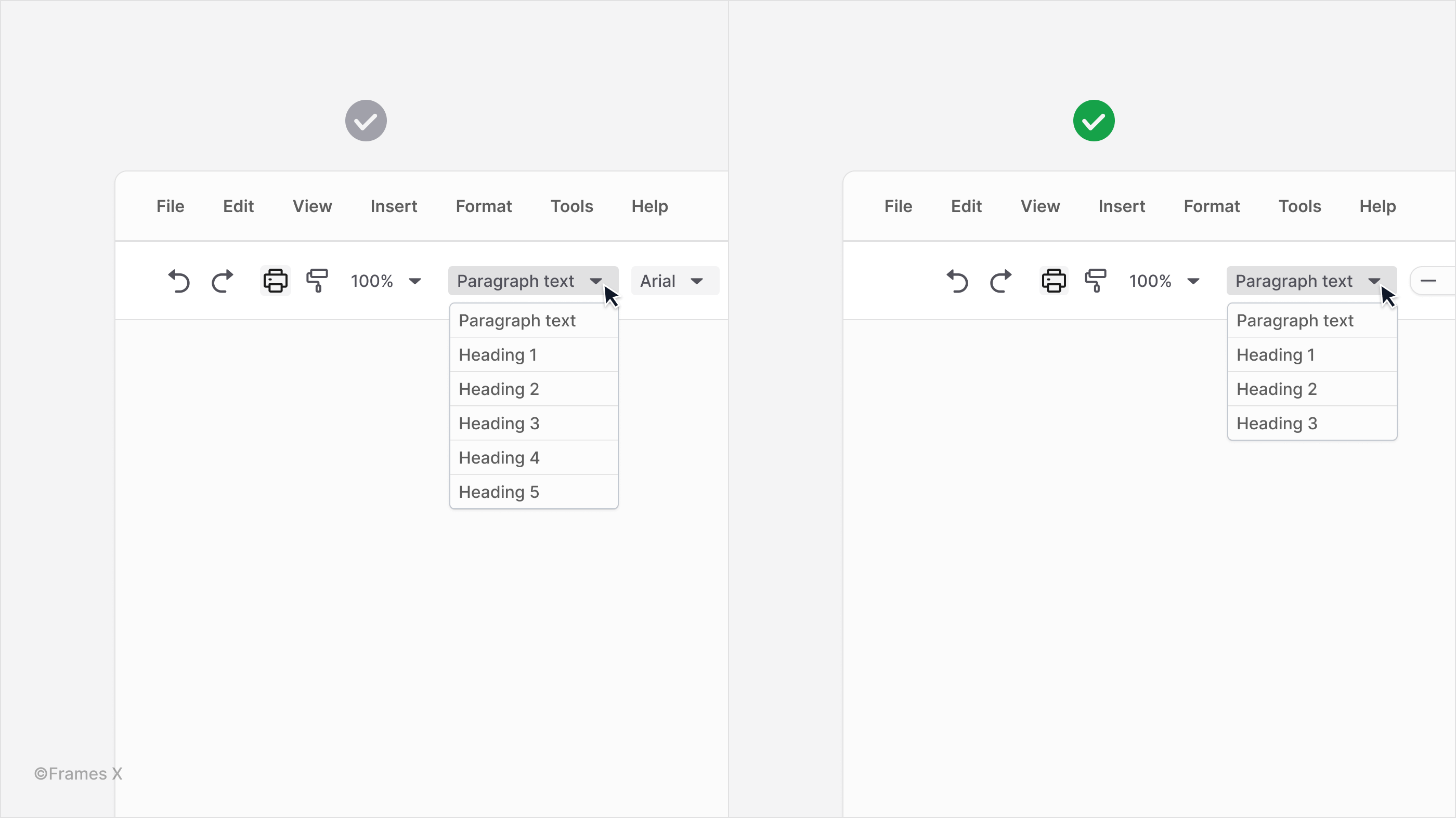
3. Create a clear visual hierarchy for your text editor UI
Creating a clear visual hierarchy means carefully considering factors, like grouping related actions and commands. You can use size and color to indicate importance and employ consistent design patterns throughout the interface. This thoughtful organization significantly enhances the overall usability and effectiveness of WYSIWYG tools.
Note: It's important to understand the main goal behind why the content editor is used in the first place so you can know which actions to prioritize. And when you know, you can use high-contrast colors and consistent font scaling to distinguish between numerous menus and toolbar options.
4. Group related actions in WYSIWYG toolbar
Strategically categorizing toolbar icons can help users understand the toolset. Explaining how one action relates to the others in the group will help the user become more familiar with your app interface.
Note: Even if a user is unfamiliar with a particular icon or label, they can use other commands in the group to identify the action and create muscle memory to associate with an unknown command.
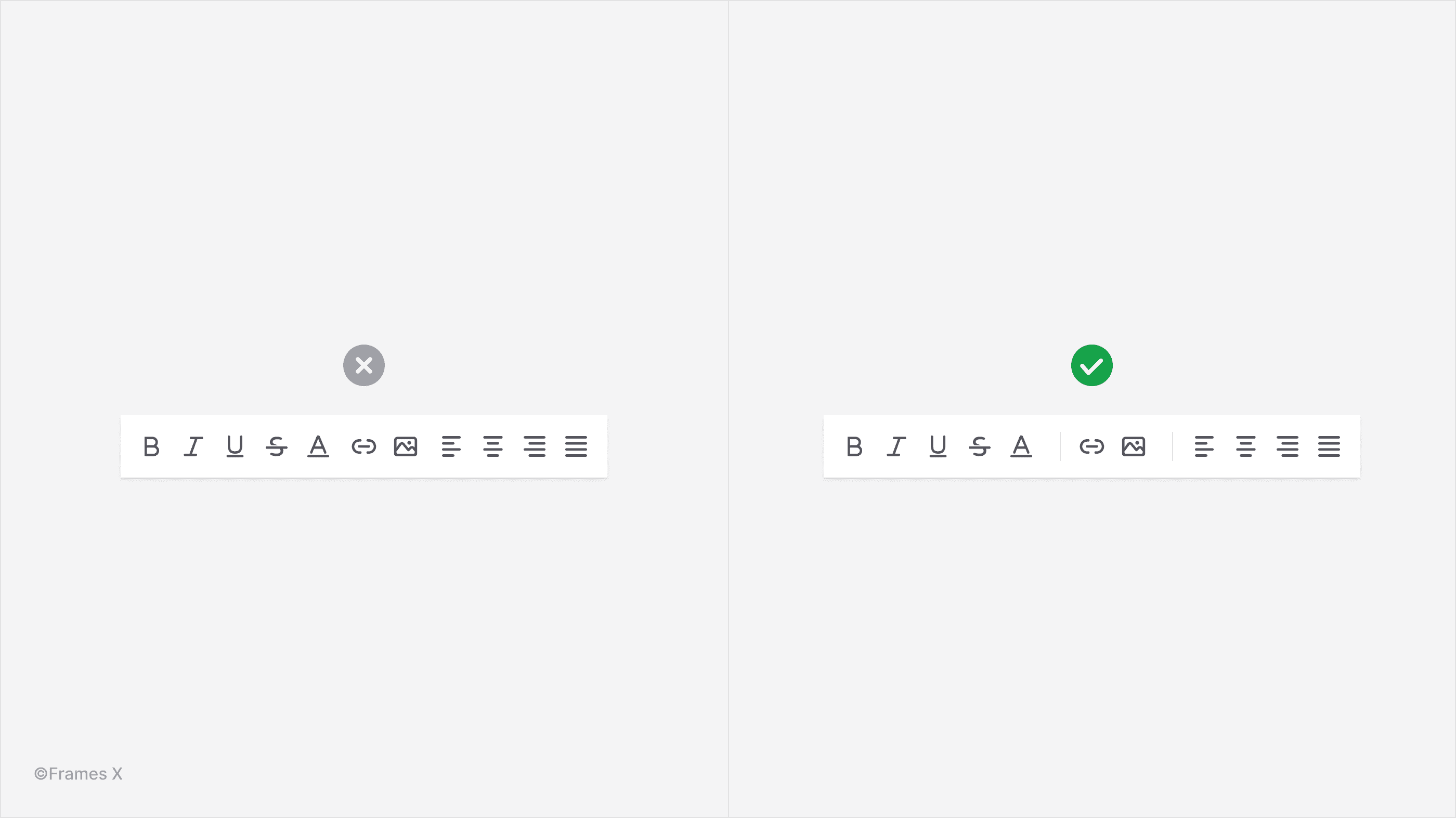
5. Always provide clear visual response to any interaction
WYSIWYG text editors are complex interfaces requiring varied user interactions. Implement tactile feedback and clear state changes to highlight key actions, enhancing usability and user comprehension of the editing process.
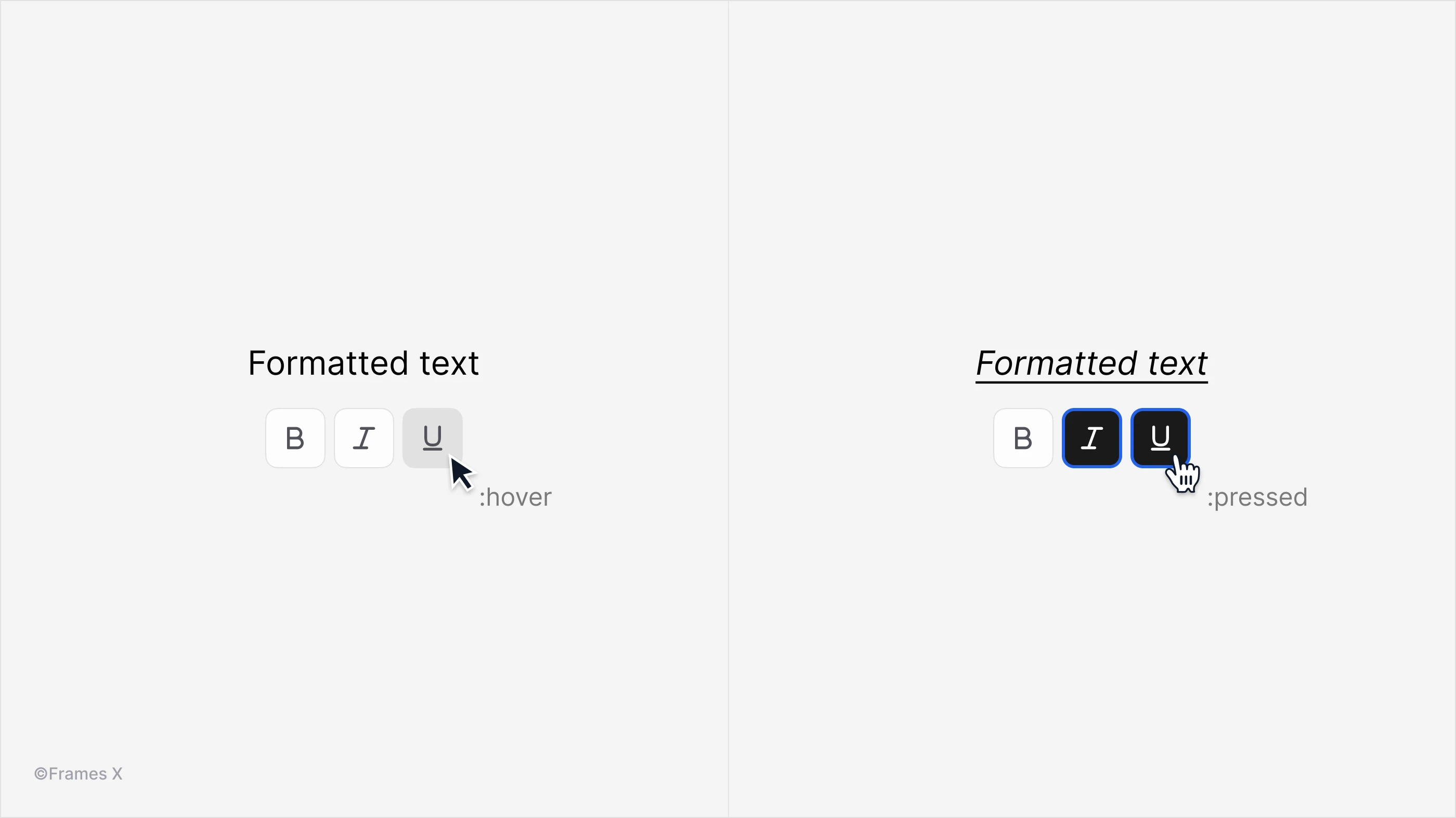
6. Provide help with contextual tooltips on hover
Hovering over icons or commands should trigger concise, informative tooltips, clarifying their UI functions in human language.
It's a good idea to promote the use of hotkeys and include them in tooltips to educate your users and help them save time in the long run.
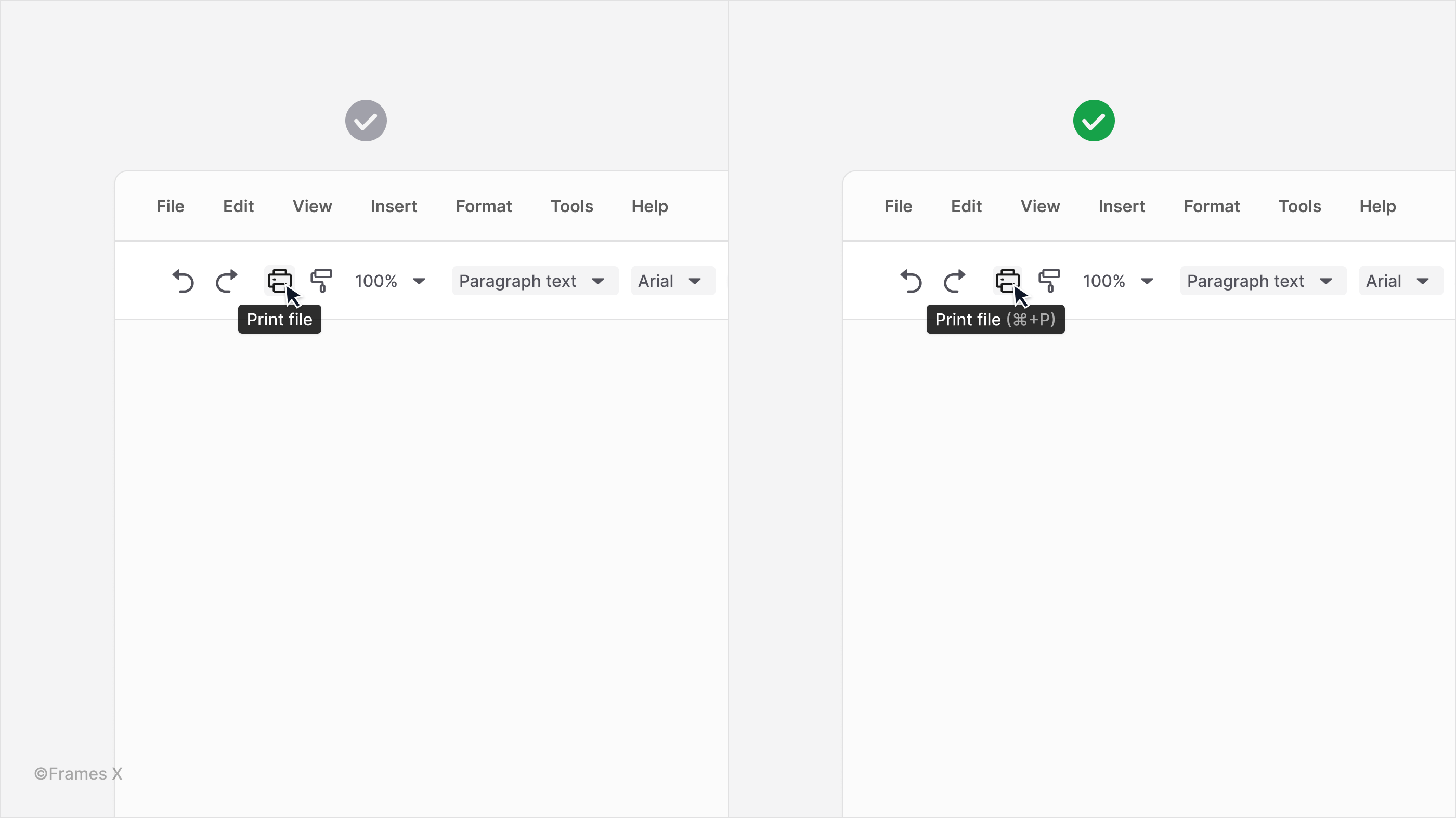
7. Balance UX vs. UI with WYSIWYG responsive design
Design the WYSIWYG UI to be responsive so the user can access the same or a similar number of actions and tools while operating your product on different devices/interfaces.
When polishing your WYSIWYG designs, verify that all key commands are accessible from different platforms and screen sizes.
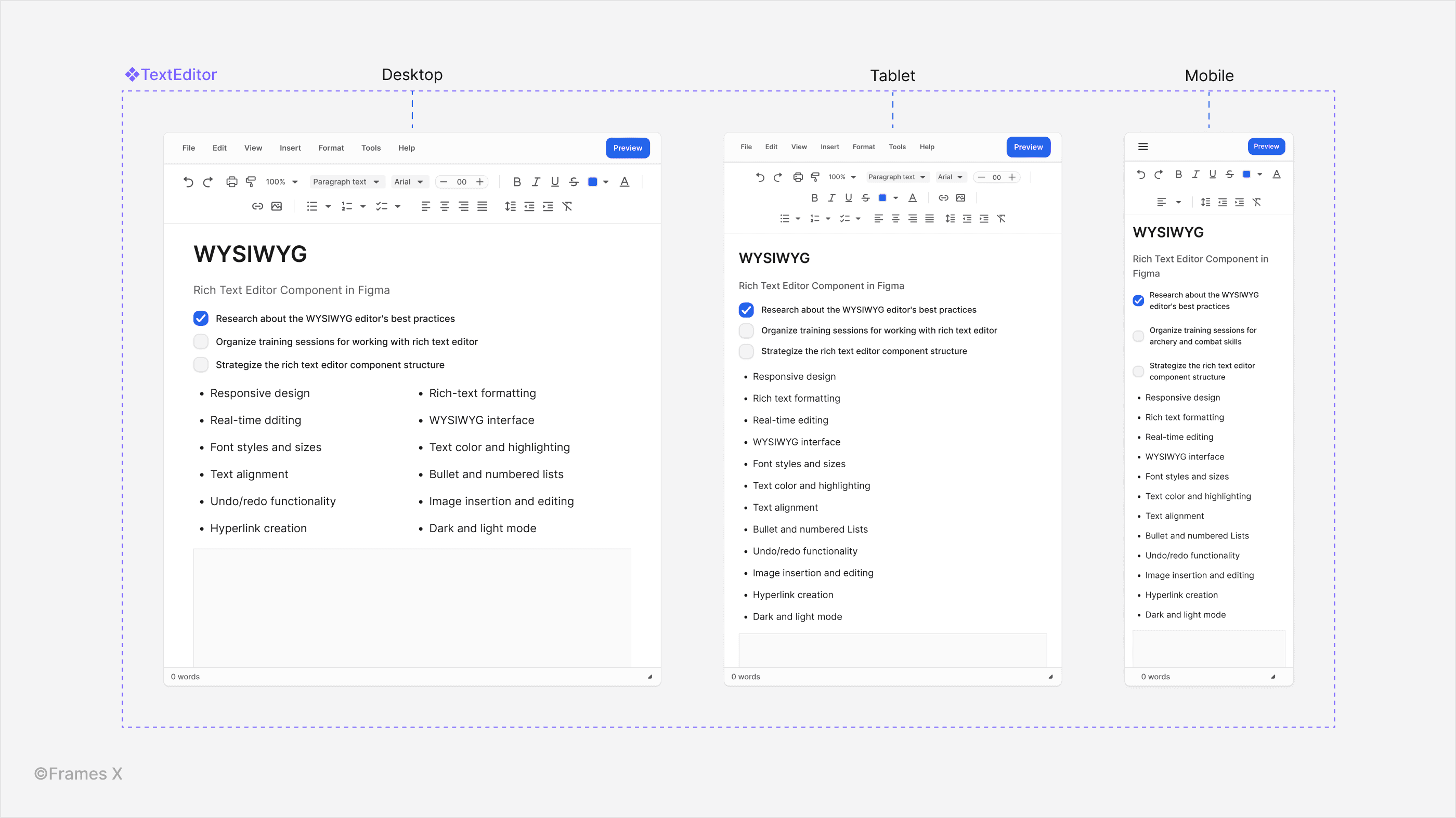
8. Optimize WYSIWYG toolbar for responsive behavior
Providing users with multiple toolbar variants is important as they become more familiar with your product and may want to add or remove certain commands to it. Therefore, it is crucial to design your toolbar with customization in mind, especially when it comes to its compatibility with different devices and resolutions.
Tip: To ensure that your toolbar works seamlessly on various screen sizes and resolutions, consider making certain button groups collapsible under a dropdown. Remove unnecessary commands on the mobile so the toolbar can accommodate the most crucial set of actions on smaller screens.
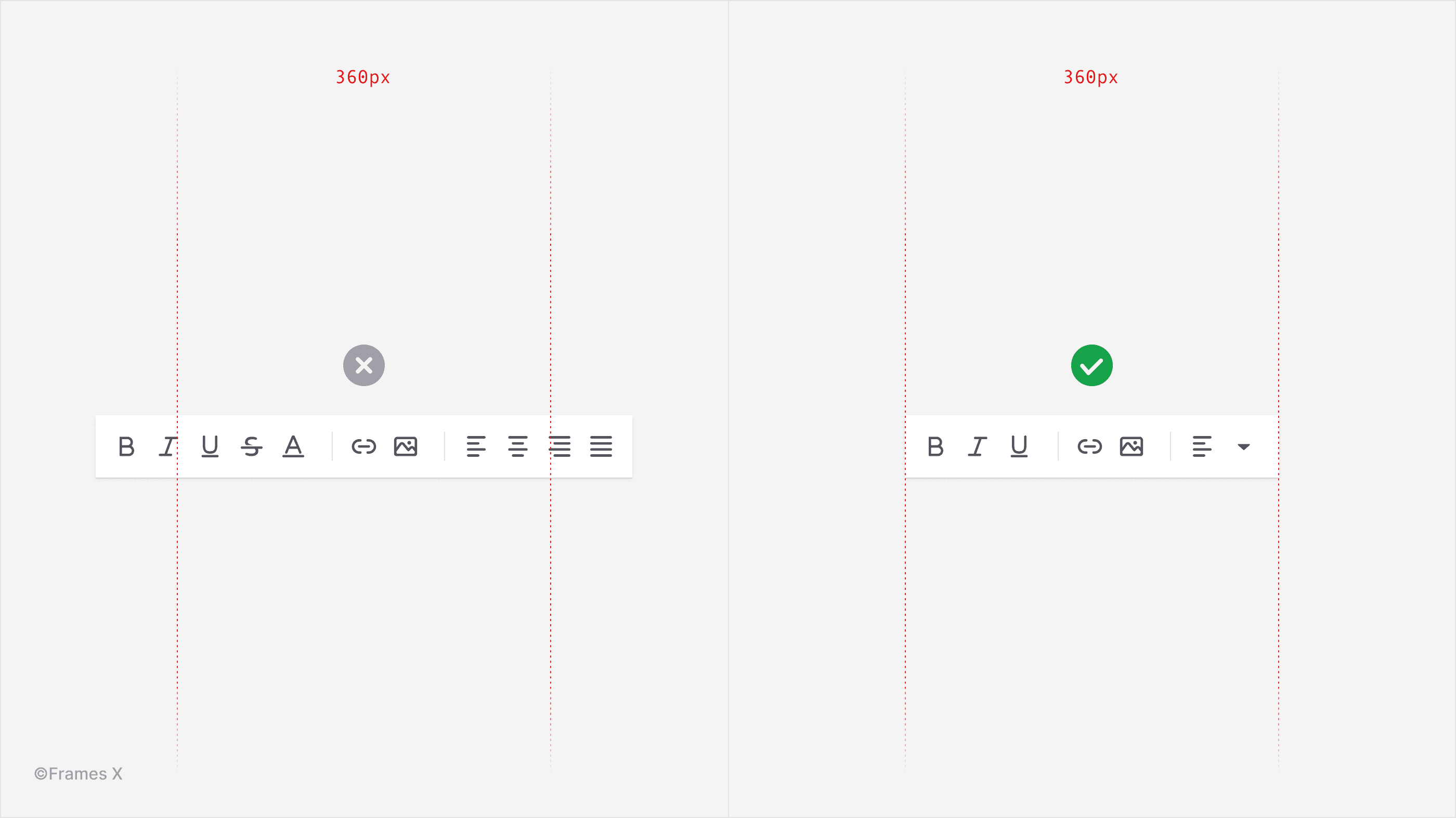
9. Always show the Undo/Redo commands
Include both commands, so users can easily reverse changes or undo their actions. A widely accepted shortcut for these commands is CMD+Z to undo and CMD+SHIFT+Z to redo.
This universal interface pattern promotes a sense of control to your users, reducing the stress of making mistakes.
10. Allow users to preview their work before posting it live
It's important to give your WYSIWYG interface the ability to preview content before publishing it to ensure it looks as expected when put online.
The Preview feature can enhance the user experience, as users can confidently create and refine their content before it goes live.
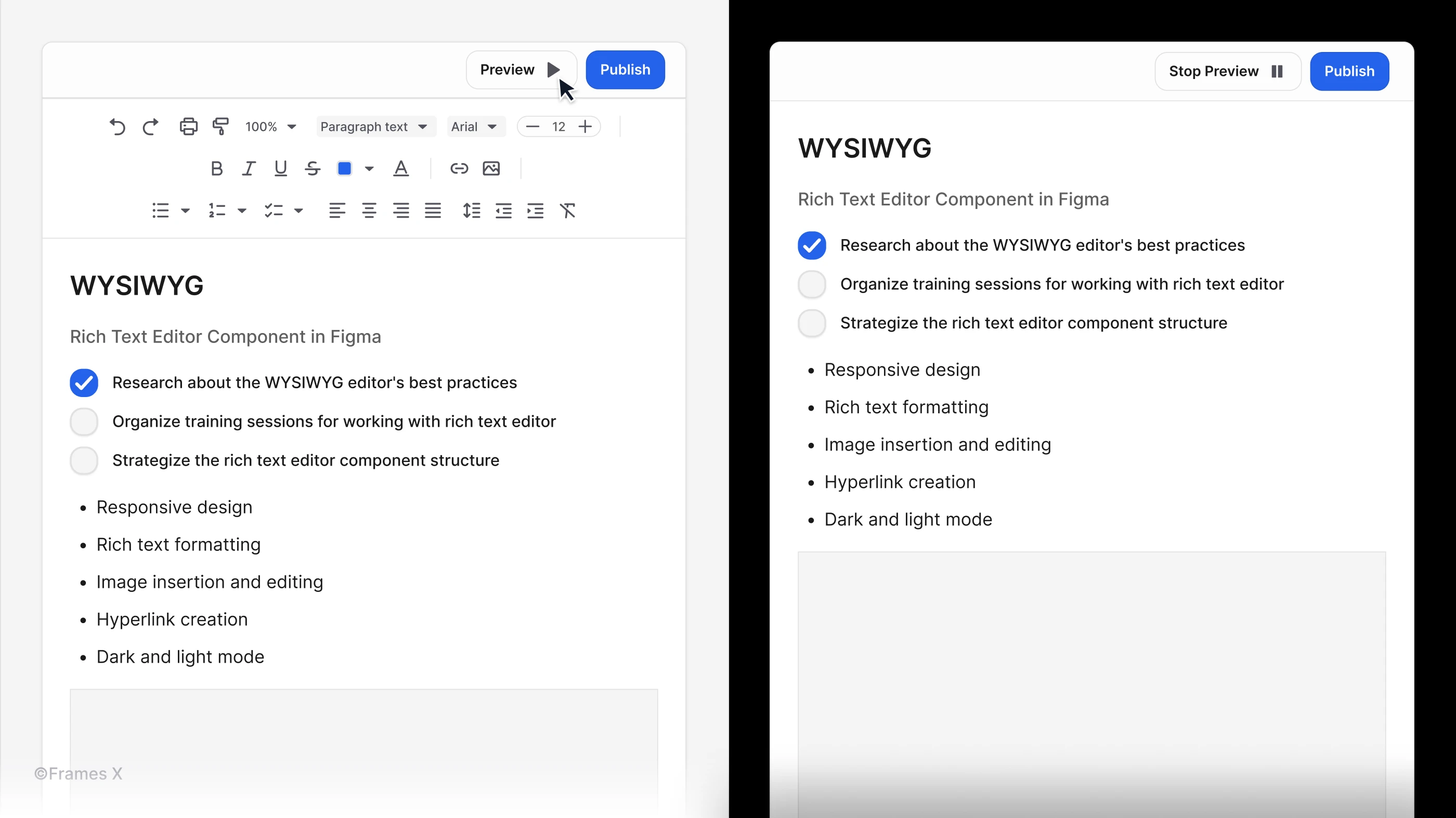
That's it!
Implement these strategies to build a reliable, user-centric WYSIWYG editor interface. If you are looking for a ready-to-use solution, our WYSIWYG component offers instant integration into your current Figma project.
Follow the link below to download our the WYSIWYG interface kit for Free ↓





